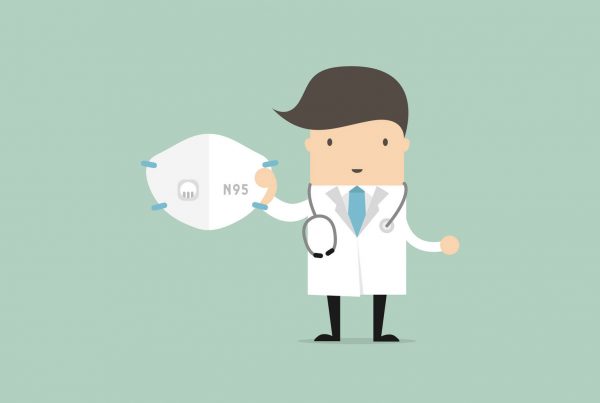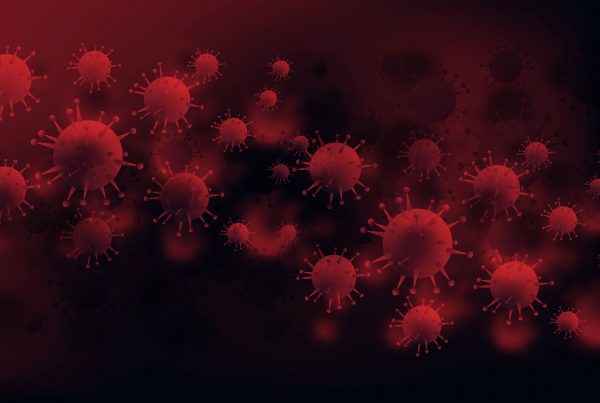
The recent spread of the Coronavirus (SARS-CoV-2) has gripped the entire world and has caused widespread public health concerns, including the practice of Airborne Infection Dentistry.
The dental office has a unique environment that involves the production of aerosols from routine procedures such as fillings and cleanings. Most dental handpieces (commonly referred to as a dental drill) are powered by compressed air and have a built-in coolant (through a spray of water) that generates a mist during the procedure, known as an ‘aerosol’.
Recent research (published in the New England Journal of Medicine, April 2020) from a team of scientists from Princeton University, University of California, Los Angeles (UCLA), Centers for Disease Control and Prevention (CDC), and National Institutes of Health (NIH) showed that the SARS-CoV-2 remained viable in aerosols for a period of 3 hours.
Research on aerosol transmission in the dental office has been documented for many decades. The consensus is that 75% of aerosols travel up to a distance of 2 meters.
Although every patient at Dental Lavelle is screened (through a questionnaire and temperature checks), recent reports suggest that 35-40% of people infected with the SARS-CoV-2 are asymptomatic (ie, with no symptoms). Aerosols from infected persons may therefore pose an inhalation threat even at considerable distances and in enclosed spaces, particularly if there is poor ventilation.
At our office, we have gone above and beyond basic requirements, and have implemented Bangalore’s first Airborne Infection Room (‘AIR’) for use in Dentistry. This state of the art advanced exhaust system is based on guidelines recommended by the Centers for Disease Control and Prevention (CDC, USA). This system not only evacuates all the air in the treatment rooms within minutes, but also sends the air through several filters (two pre-filters, HEPA filters, and Ultra-Low Particulate Air filters), UV light and a heater at 180 C, rendering the virus completely filtered and/or deactivated before releasing it away from the facility to the outside environment.

A Cross Sectional Image of our ‘AIR’ Equipment
HEPA Filters, known as High-Efficiency Particulate Air-Filters are rated at 0.3 microns to remove 99.97% of particles from the air (including aerosols). In addition, we have installed Medical Grade Ultra-Low Particulate Air (ULPA) Filters which have an MERV rating of 17 and a filtration size of 0.1 microns to filter out the virus. UV light and the heating elements ensure the virus is rendered deactivated. The sound proofed industrial fan at 1500 CFM (cubic feet per minute) for our office is rated at 18 ACH (air changes per hour). The minimum rating for ACH is 12 (per the CDC and the Ministry of Health, India), which we have exceeded. This system allows a negative pressure rated at -2.5 MPa within all treatment rooms, which is the current recommendation by the CDC.
Time-lapse video showing a simulated ‘Containment Test’ done in our treatment rooms. The advanced hospital grade air exhaust negative pressure rooms work to remove all air within the rooms in less than 12 minutes.
The hospital grade negative pressure rooms are operational for every procedure done at our practice. This advanced air exhaust system evacuates all aerosols within minutes in each treatment room for every visit. This unique system allows Airborne Infection treating our patients in a more comfortable and safer environment.
Protocols elaborated here are in addition to other COVID-19 and Basic Sterilization & Disinfection Protocol being strictly followed in the office. For more information on either topic, click the links as follows:
COVID-19 Pandemic Protocol at Dental Lavelle
Sterilization, Disinfection & Preventive measures at Dental Lavelle





